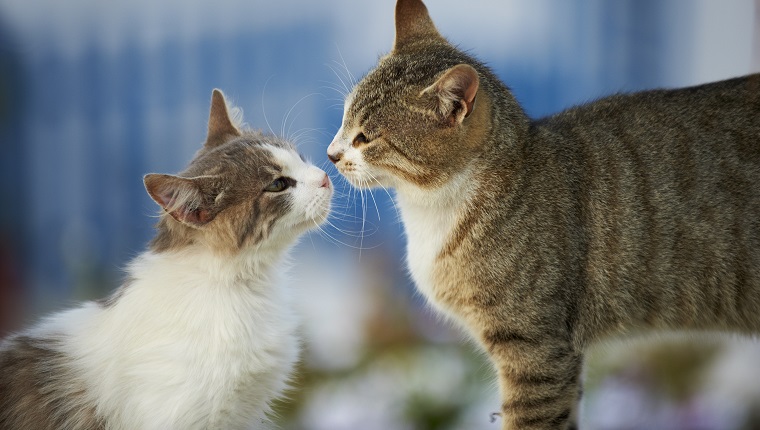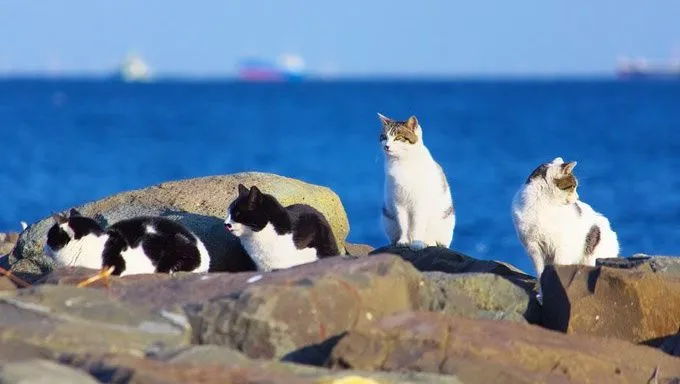A feral cat is one who has either never had contact with people, or they’ve forgotten their time with humans. Ferals live on city streets, in alleys and parks. They could be wherever there is a supply of food, water, and shelter.
Ferals are free-roaming cats who’ve reverted to wild ways for survival. No one knows how many feral cats there are in the United States, but the population is estimated to be in the tens of millions.
These are domestic cats, just like your house cat, but they’ve lost any feeling for humans except wariness. They take care of themselves in a world that is often hostile and dangerous for them. If a feral makes it past kittenhood but lives on their own, their life expectancy is approximately two years. If they’re in a colony with a regular caretaker, they might live to be ten years old.
The term feral is sometimes used to include cats who are abandoned or lost from their homes. Technically, these cats are not feral; they are strays who once lived with humans. They remember being with people and are less afraid of contact with humans.
Feral Cat Colonies
Feral cats usually stay away from humans as much as possible. They often join other feral cats in a colony since there is protection in numbers. Feral colonies are established in areas that provide food, water, and safety.
A colony is lucky if it has a human caretaker who brings food and water every day. Feral colony caretakers are usually cat-loving, concerned humans who want to help feral cats survive. They provide nourishment for the colony and often keep track of the members’ health.
Many communities consider feral cats a nuisance and try various means of eliminating them. Where archaic, inhumane methods, such as shooting, poisoning, or gassing have been used, they have been dismal failures. If you eliminate feral cats, they come back in larger numbers to fill the vacuum. Other feral cats move into the area, and the birth rate goes up.
TNR: Trap, Neuter, Return

The best way to control the feral cat population humanely is for a caretaker or rescue group to use the Trap-Neuter-Return (TNR) technique with the colony. TNR involves trapping colony members, transporting them to the vet for spaying or neutering, and returning them safely to the colony.
While at the veterinary clinic, they are also vaccinated for rabies. This is a good way to stabilize the colony, reduce fighting, and eventually bring down the size of the colony through attrition. Communities, caretakers, and rescue groups must work together.
Feral kittens can be socialized and go on to make good cat companions if they are taken out of the colony early enough. However, socializing a feral kitten requires a bit of extra effort. The trick is getting the kitten to associate you with food, thereby creating an incentive for them to approach you. Additionally, the kitten will need to see and interact with a lot of different people.
The thing to remember is that feral cats are happy if you leave them alone. And when they’re in a colony, they can live good lives with a little help.
Do you have any feral cats living near you? Do you ever try to take care of them, or just let them be? Let us know in the comments below!









